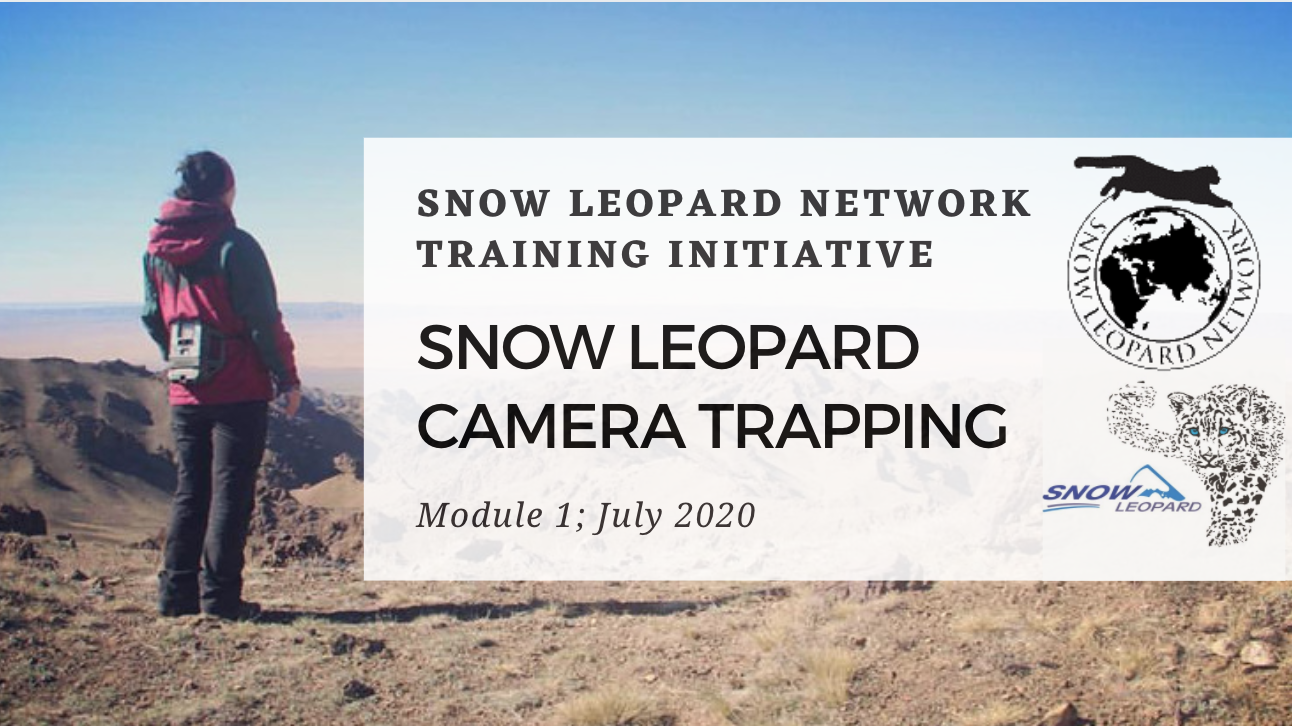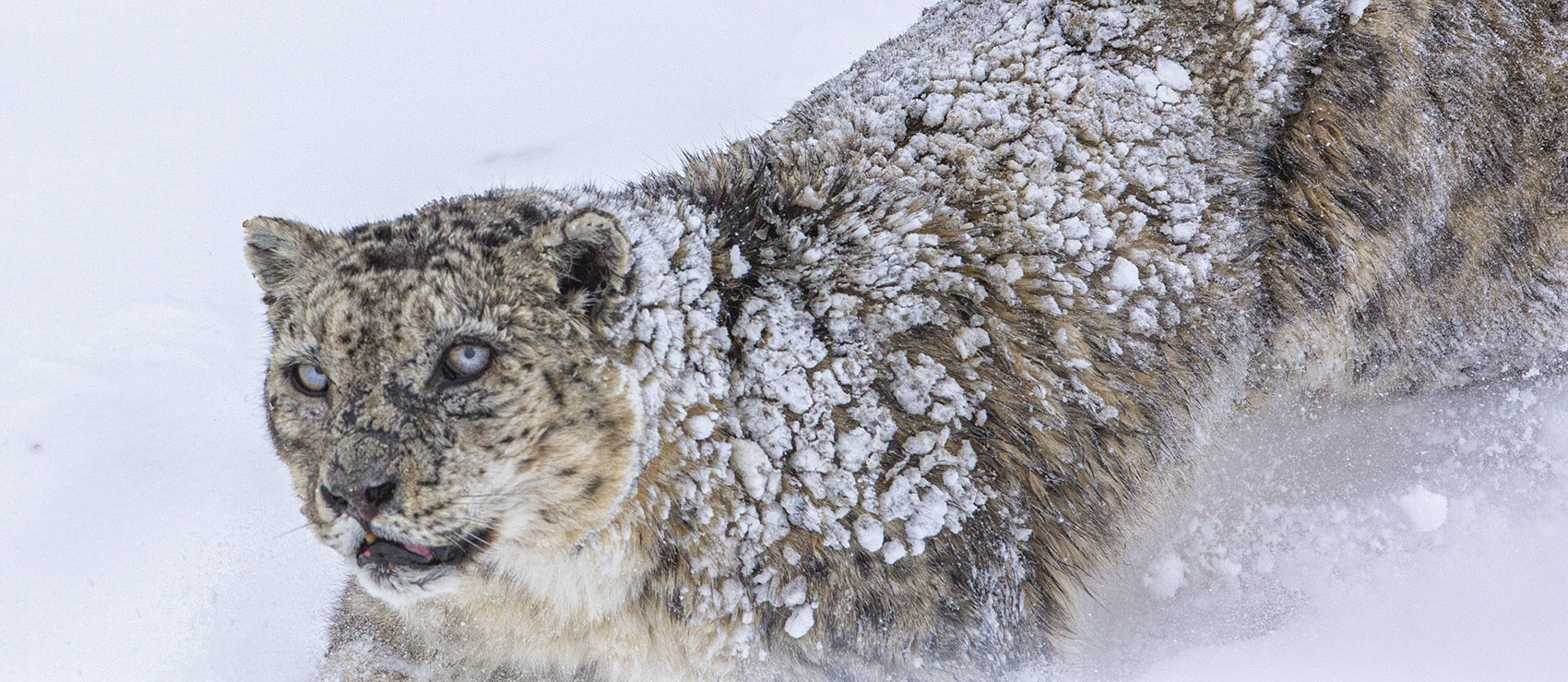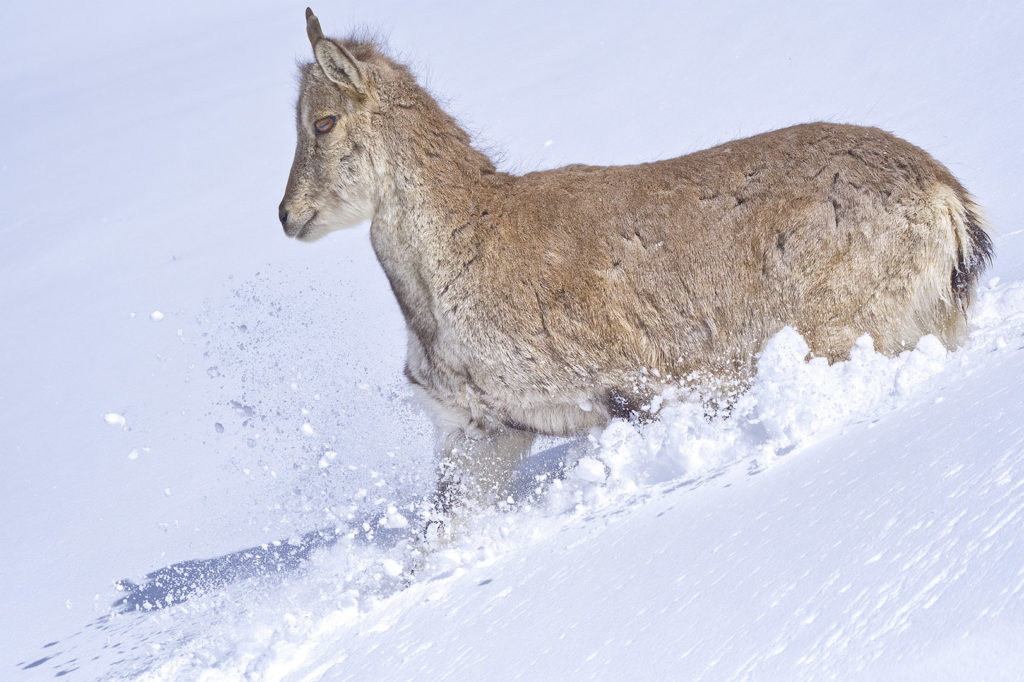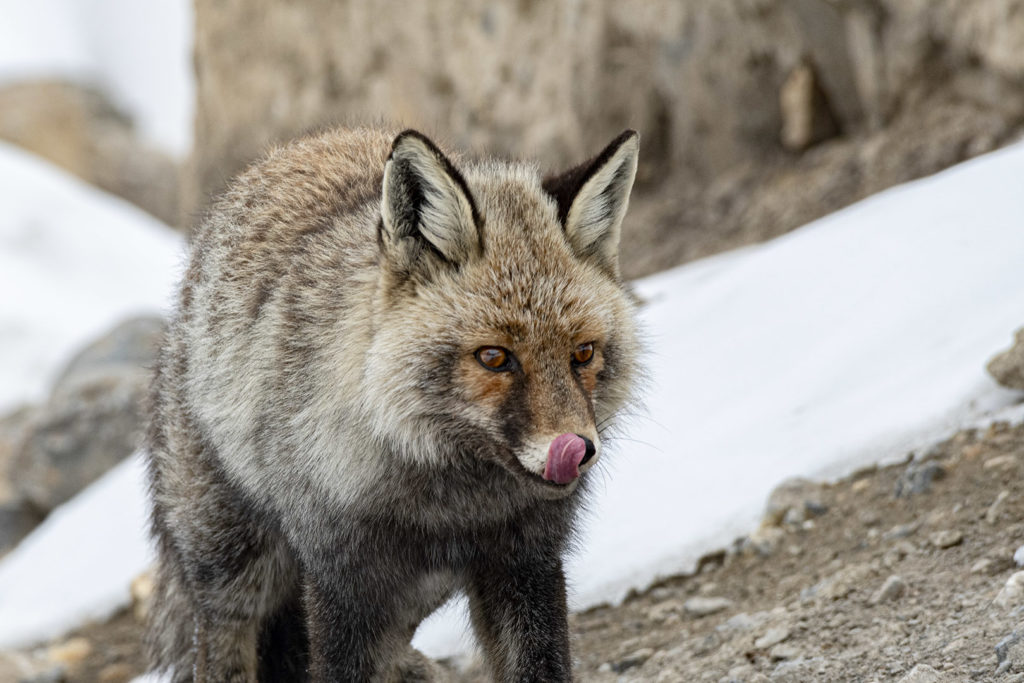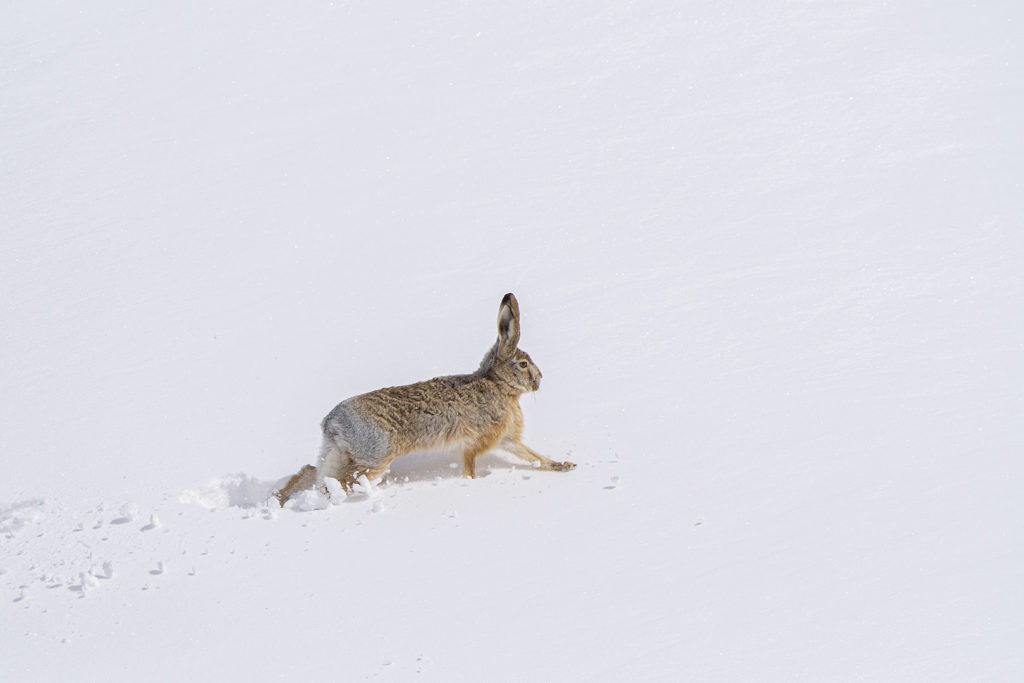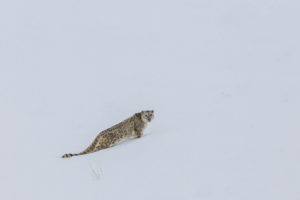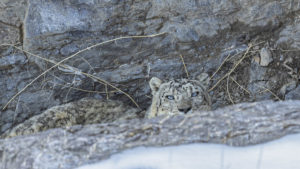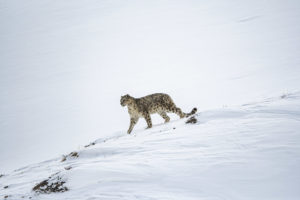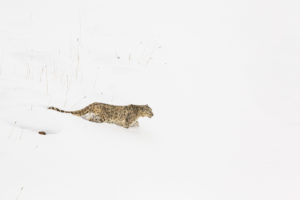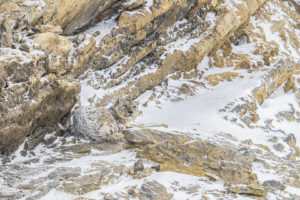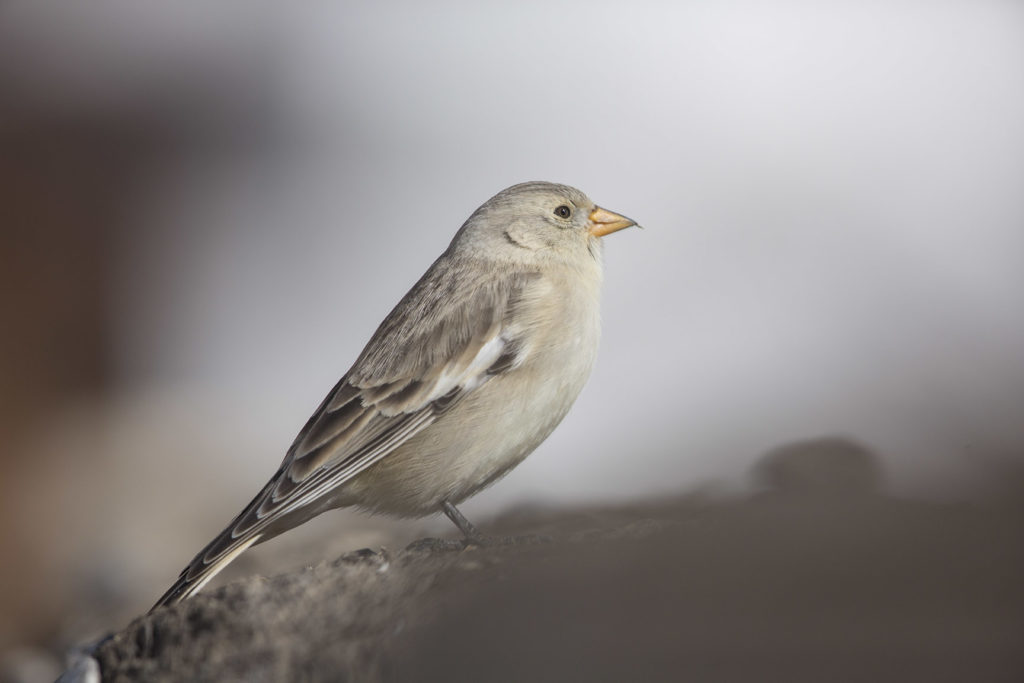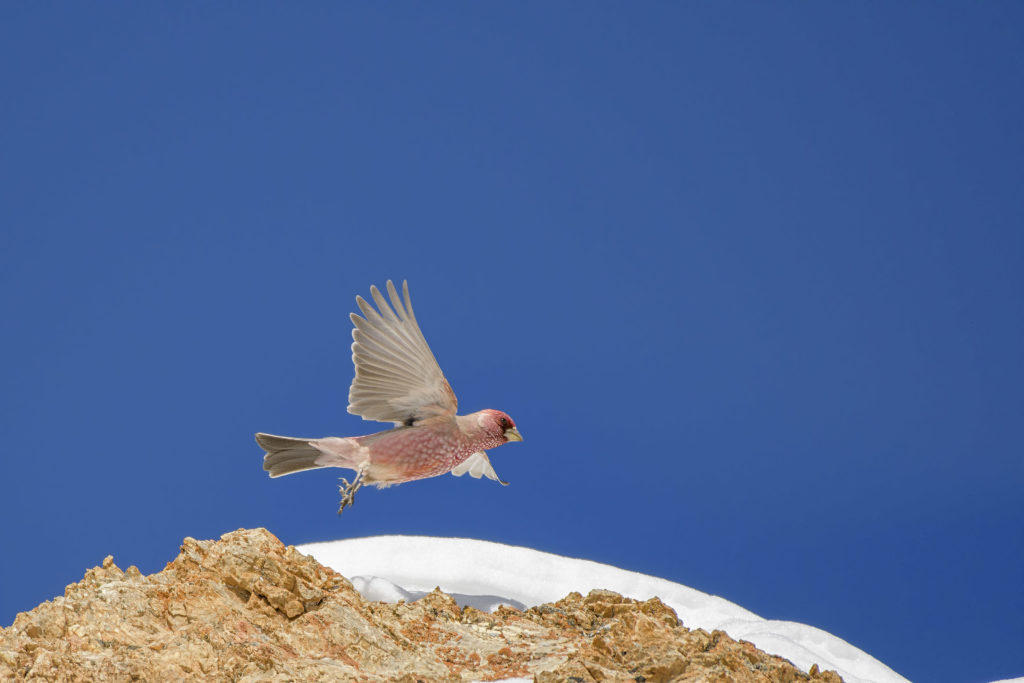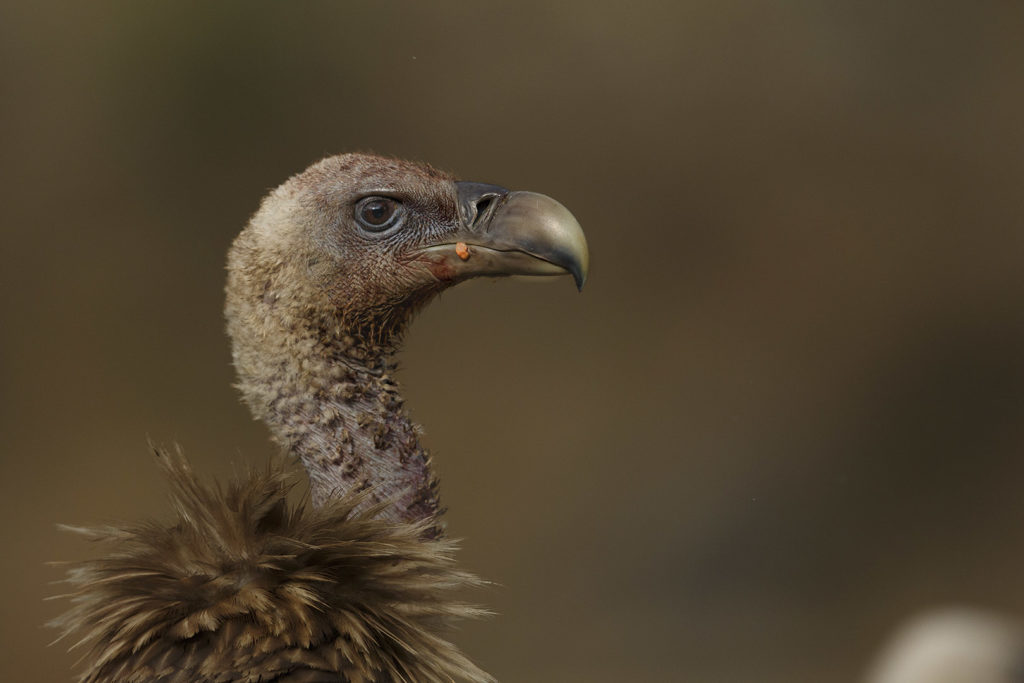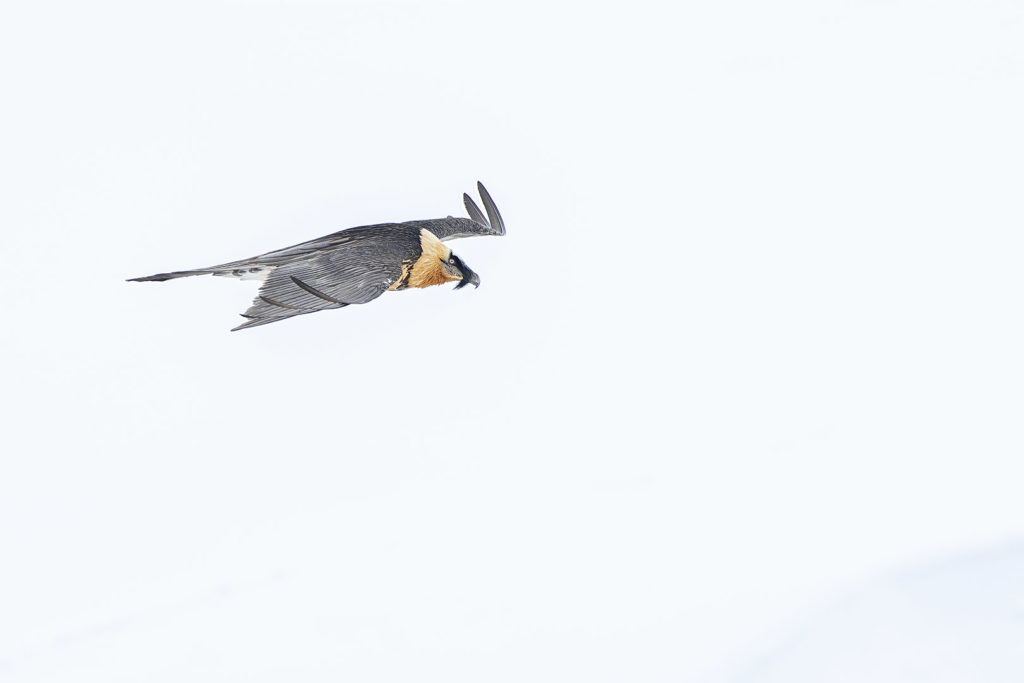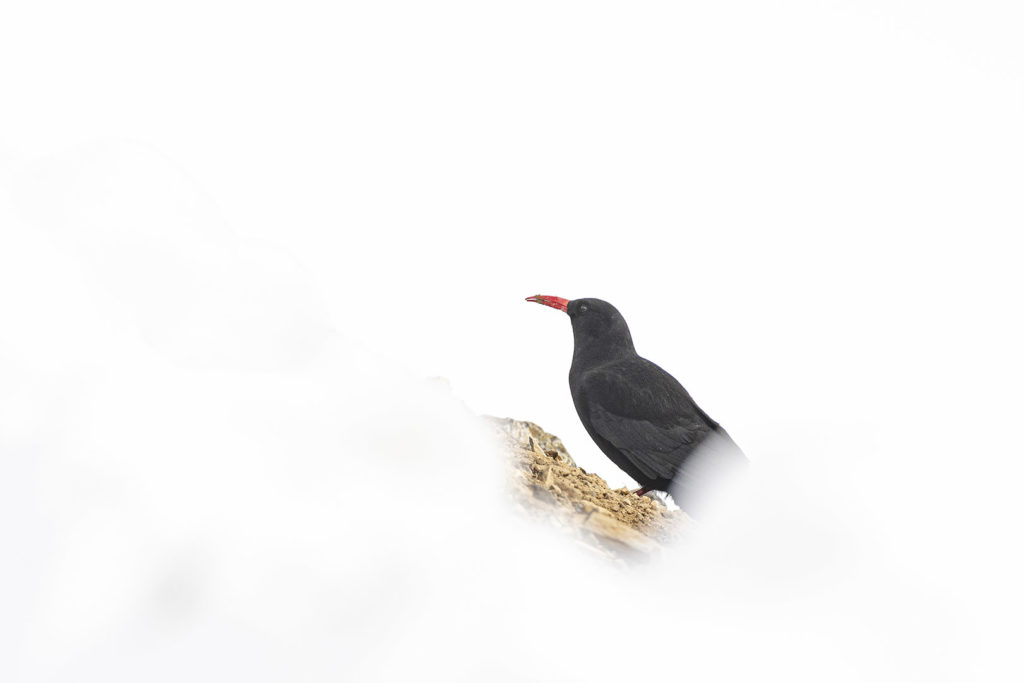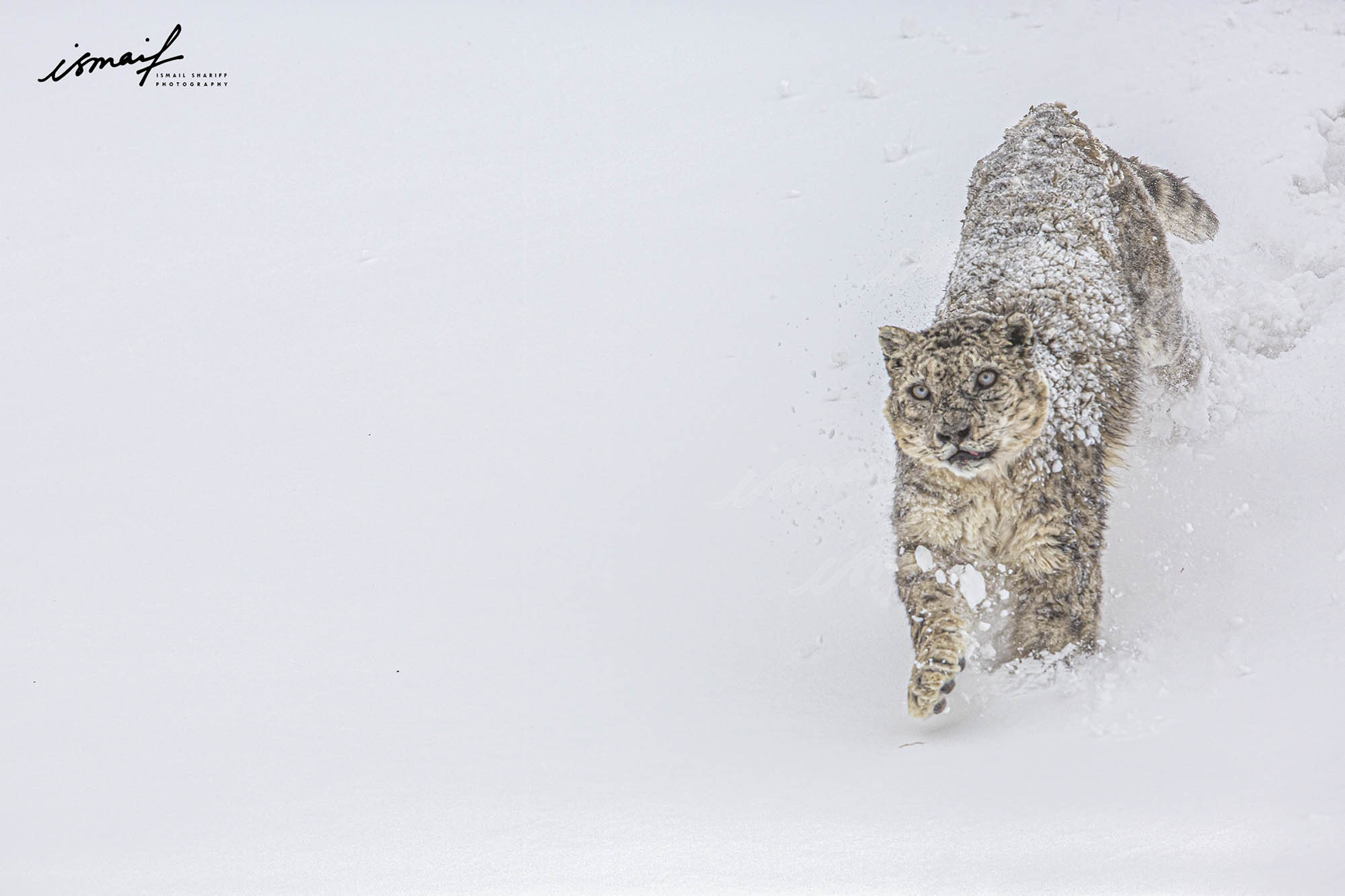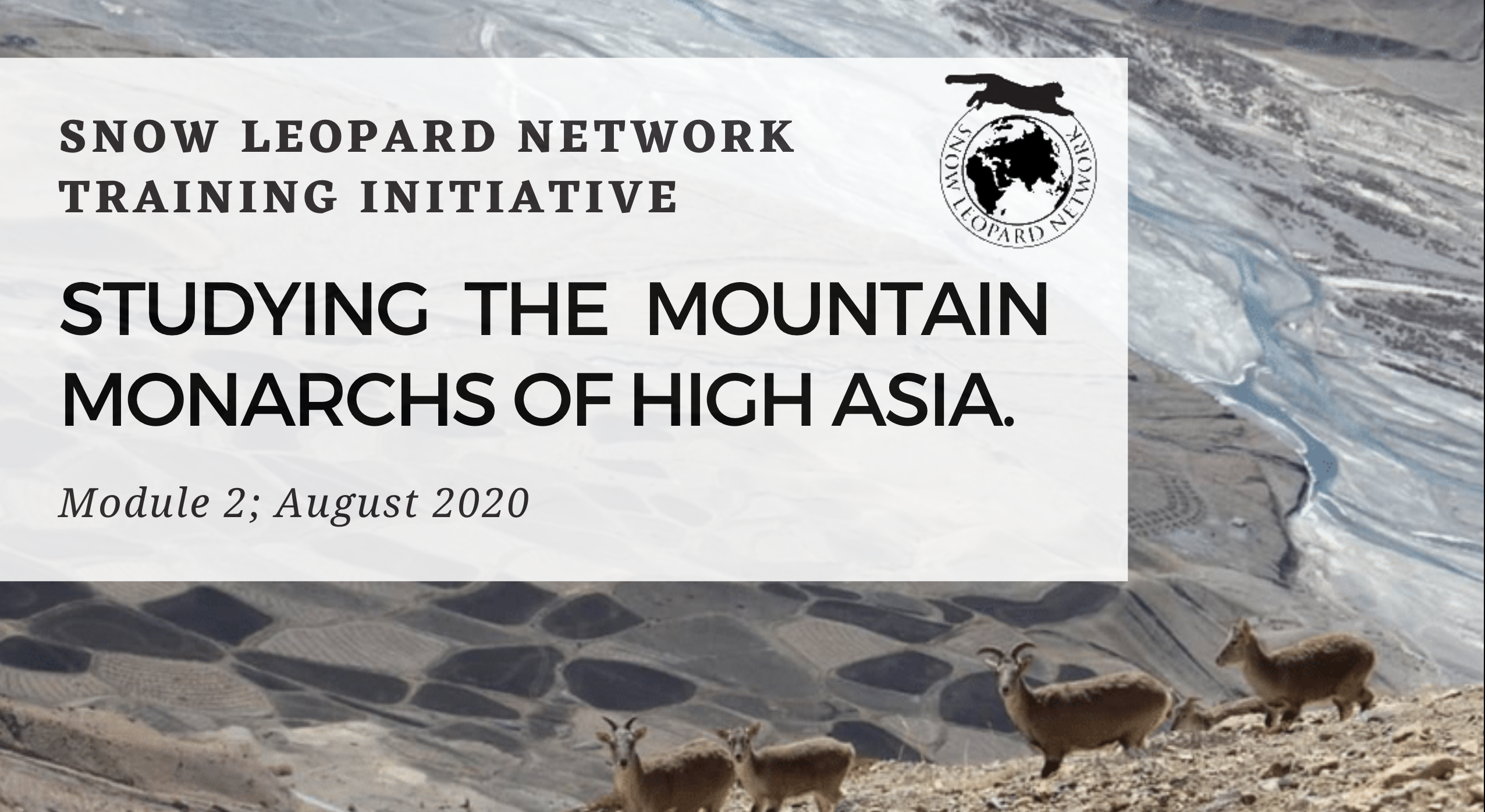
The Snow Leopard Network is launching its first on line research and conservation training course. These consist of a series of modules, each over a one month period, in which participants build their skills and knowledge on a range of critical snow leopard related conservation tools. Do join us!
Our first set of topics centers on the idea of a holistic approach for snow leopard practitioners- from survey methods to community conservation approaches. The idea is for these to be as practical as possible, explicitly designed, for teams on the ground. The first set of Modules will cover topics that include: Camera Trapping surveys (Module 1); Prey Surveys (Module 2); Community Conservation approaches (Module 3); and Socio-economic Assessments (Module 4). See more details here.
Each Module will be delivered over a one month period and members can apply to specific Modules depending on your interest. Teaching methods will be a mix of online and distance learning; all will be open access. Our trainers are drawn from the Snow Leopard Network, drawing on their extensive knowledge and experience. We are very appreciative of their finding time to join us in this effort and we look forward to members taking advantage of this exceptional opportunity.
Today we are pleased to invite SLN members to apply and take part in Module 2 of this training initiative- which will take place in August. Module 2 will focus on surveys for assessing ungulate populations (snow
leopard prey). The application will be open for future Modules one month prior to their start, so please stay tuned.
Module 2: Studying the Mountain Monarchs of High Asia.

Course Content
Asia’s mountain ungulates- also known as the Mountain Monarchs of high Asia- play an important role in maintaining ecosystems by influencing vegetation structure and nutrient cycling. These include Argali (Ovis ammon), Blue Sheep (Pseudois nayaur), Asiatic Ibex (Capra sibirica), Urial (Ovis orientalis) and Markhor (Capra falconeri). However, owing to their remote mountainous habitats and associated challenges in sampling, there is a lack of information regarding their abundance, population trends and ecology. There is a need for more information about the population status of these ungulates, which carries special significance in the protection of the snow leopard across its range. Our Module 2 aims to equip participants with the knowledge and tools to plan and carry out robust mountain ungulate surveys using the Double-observer Method. We will also dive into understanding the fascinating ecology of these species based on the latest research. The module will be divided into 4 parts and cover key concepts from planning surveys, conducting them, analysing data, and using outcomes for conservation action, publication and/or policy. Alongside we will have fascinating talks by subject experts, sharing their experiences and outputs. This is critical as conservation status assessment of any species requires rigorous monitoring of their abundances, which done over time, can provide knowledge of population trends.
Participants will be expected to have the Software R
(https://www.r-project.org/) and RStudio downloaded and setup on
computer. Additionally we recommend the installation of Google Earth Pro and/or other GIS software such as QGIS (https://www.qgis.org/en/site/).
Meet the Trainers
This module has been co-created by a team of researchers and practitioners from across the snow leopard range, including India, Pakistan, Mongolia and China. The live training sessions will be led by a subset of this team. Additional special guests may also be invited to share their expertise.
Munib Khanyari is currently a PhD Candidate at the University of Bristol and Oxford University in the UK. He works on understanding factors that affect mountain ungulate populations in Central and South Asia.
Hussain Ali, is the Regional Project Manager for the Pakistan Snow Leopard & Ecosystem Protection Program (PSLEP) and a Manager with Snow Leopard Foundation- Pakistan.
Purevjav (Puji) Lkhagvajav is a Research and Monitoring Managers for the Snow Leopard Conservation Foundation, Mongolia. She has over 15 years of working in snow leopard conservation and research in Mongolia.
Chagsadulam (Chagsaa) Odonjavkhlan is a PhD Candidate with Snow Leopard Conservation Foundation, Mongolia and has been studying Argali and Ibex in the Tost mountains of Mongolia.
Lingyun Xiao is currently a Postdoc research fellow at the Peking University and scientific consultant of the ShanShui Conservation Center, China. She completed her PhD on understanding grassland, ungulate and snow leopard dependence in 2017.
Together the module co-creators have worked to protect and studied mountain ungulates including Argali, Asiatic Ibex, Blue Sheep, Markhor and Urial across India, Pakistan, Mongolia, China and Kyrgyzstan.
Criteria for participation
• Snow Leopard Network Member
• Experience or willingness to work on mountain ungulate and snow leopard conservation
• Confirmed availability to attend all the four online seminars of a given module
• Number of participants is limited to 40
• Priority will be given to participants from snow leopard range
countries
Planned Schedule
• 2 hour online Zoom Seminars take place every Wednesday of the month, August
2020 (4 Seminars; Aug 5th, 12th, 19th, 26th) at 14:00 Bishkek,
Kyrgyzstan time
• Additional group work, assignments or readings are likely to be
organized by the trainers
• Please note we expect all participants to attend the complete set of
Wednesday Seminars as they are interconnected and build on each other
• Details of each specific Seminar topic will be shared approximately 5 days beforehand; including any expected preparations by participants.
Deadline for Applications
• Friday, July 15th, 2020. Please note places are limited so please do
not delay in applying.
• We are now closed for Application. Please apply for Module 3 which will be open on August 1st.

